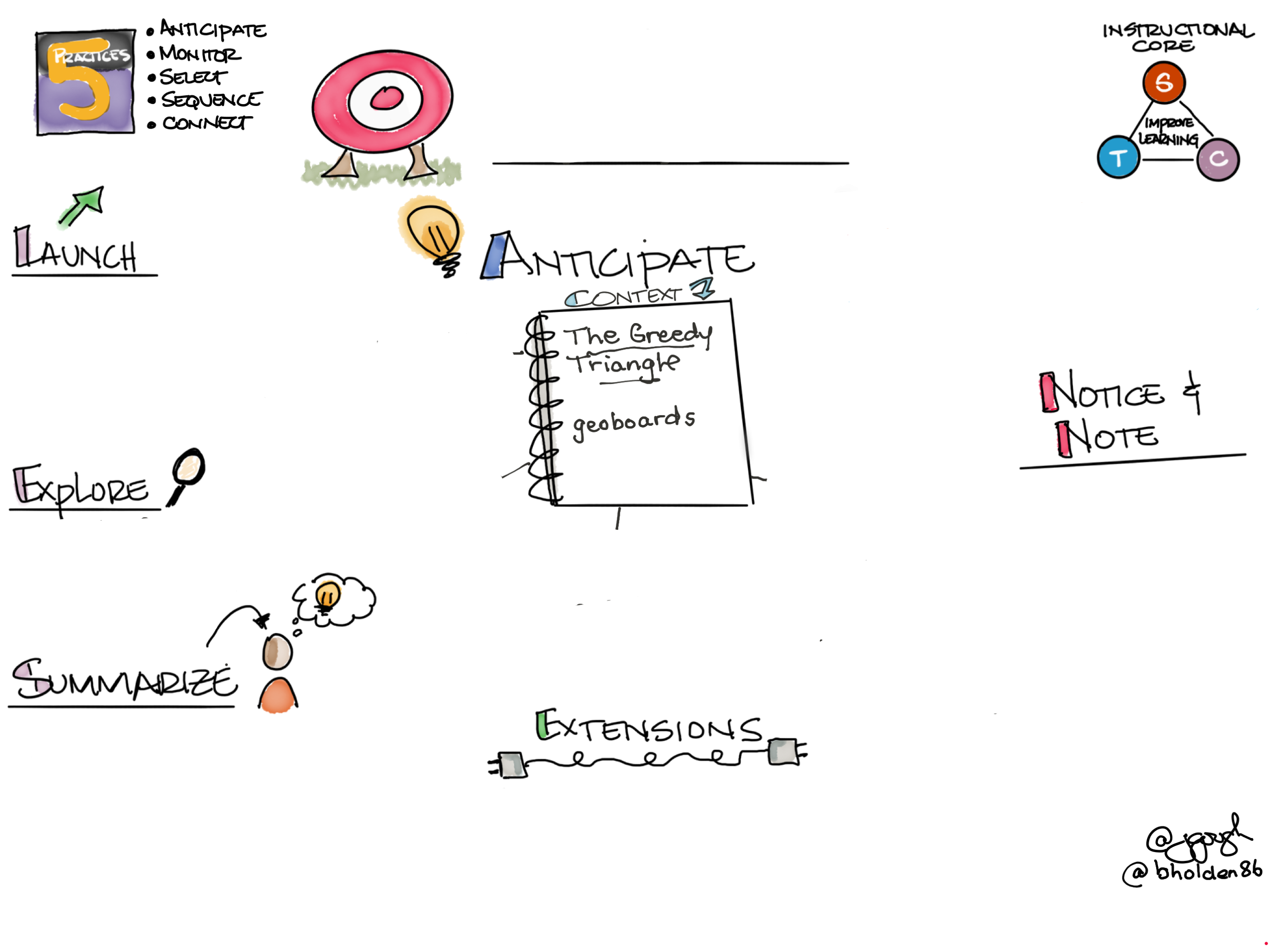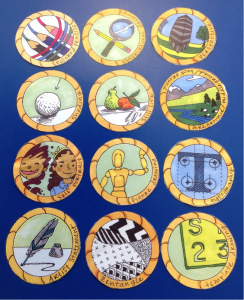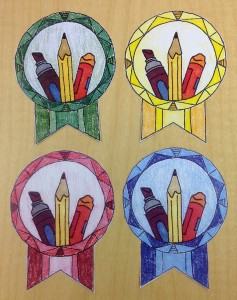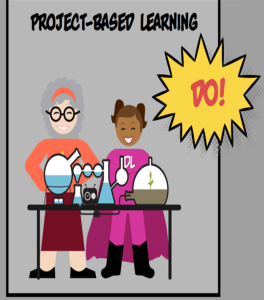There is so much to think about when planning and teaching mathematics lessons. At many schools, there is an adopted text that dictates what teachers teach and when they teach it. At our school, the adopted mathematics textbook provides a resource for lessons, but that text is not the mathematics curriculum. This can feel freeing but also daunting. How can teachers be certain they are planning rich mathematics lessons when they aren’t following a lesson from an adopted text?”
As a math specialist at the school I have wondered, “Could a lesson-planning template be helpful to teachers when they plan their own math lessons? And what would that template look like? In order to plan a mathematically rich task, I wanted that template to include:
- A reference to national standards
- A context
- A connection to recently revised progress reports and “I Can” statements
- A way to provide mathematical progressions (developmental sequences) for the target skill
- An outline for teaching the lesson – (launch, explore, summarize)
- Anticipation student responses
- Connections with the 5 Practices for Orchestrating Productive Mathematics Discussions by Margaret S. Smith and Mary Kay Stein–Anticipate, Monitor, Select, Sequence, and Connect.
Gratefully, I collaborated with Jill Gough about that template. Jill is the director of Teaching and Learning at Trinity School in Atlanta and is my colleague. In addition to her mathematics expertise, she is masterful at listening to ideas and illustrating them through her sketches.
With her help, this is our latest iteration of a mathematics lesson-planning template.

This is one of the completed templates for Pre-K.
 And this is an example of a completed template for a First Grade lesson.
And this is an example of a completed template for a First Grade lesson.

I believe the important part of this math-planning template is understanding the mathematics content necessary to effectively plan with it.
Mathematics content knowledge is needed to anticipate student responses for a lesson. Anticipating responses helps us be strategic in providing entry points for the lesson and meeting students where they are during the lessons.
For example, during a lesson asking students to physically act out, and later use objects to model How Many Feet in the Bed?, these were anticipated students responses:
- Counting the feet by ones to tell how many.
- Counting the feet by twos to tell how many.
- Starting the count over to know” how many feet in the bed” after another character gets in.
- Counting on from the last count when another character gets in the bed to tell ‘how many feet in the bed”.
- ‘Just knowing’ “how many feet in the bed” without counting.
- Struggling to count or to tell how many in all as the number of feet in the bed increases.
Content knowledge is also necessary as we monitor what our students do during the lessons.
For example, during that How Many Feet in the Bed? lesson, it is important to notice and note:
Can students model the story with objects?
Are students keeping track of an unorganized pile of objects?
Does a student demonstrate one to one?
Do students know how many after counting?
Can students count on?
Where students are in their mathematical understanding is demonstrated in what they are doing and saying. And what they do and say helps us know what to ask, when to nudge, and what should happen in the next lesson.

Creating this template reminds me of planning for guided reading. When planning for a guided reading group, I wouldn’t simply ask students to read and then tomorrow pick another book and ask them to read again. I would choose a focus for the lesson: decoding, fluency, or comprehension (the target). Then I would choose a proper supporting text to match the focus (context). During the lesson, I would notice what students know how to do as they read. I would also notice what they struggle to do and what strategies they use to help themselves when they struggle. I would realize what tools students don’t yet have that can help them with future texts (notice and note). I would know how to notice all of this and make instructional decisions because I know what tools students need to become readers. There is a path. Deepening our content knowledge helps us understand the path in mathematics.
So, this math lesson-planning template is a beginning to planning rich tasks. The template helps us think about the content and the path of learning for the lessons. And it is helping us notice what students do.
What’s next:
It is crucial for me to create efficient and useful meeting agendas as grade level teams and I continue to build our collaborative math communities. During 30-minute meetings once per rotation, we have shared our notes, noticed trends across classrooms, talked about content, and discussed future lessons.
The lesson planning template should evolve to explicitly include the math practices. Routines for Reasoning by Grace Kelemanik, Amy Lucenta, and Susan Janssen Creighton states that a math practice goal is a thinking goal. Those math practices describe how students will reason mathematically about a problem.
So this journey continues…
Learner, Thinker, Writer: Becky Holden serves the Trinity Community as the Early Elementary Mathematics Specialist.



 And this is an example of a completed template for a First Grade lesson.
And this is an example of a completed template for a First Grade lesson.










